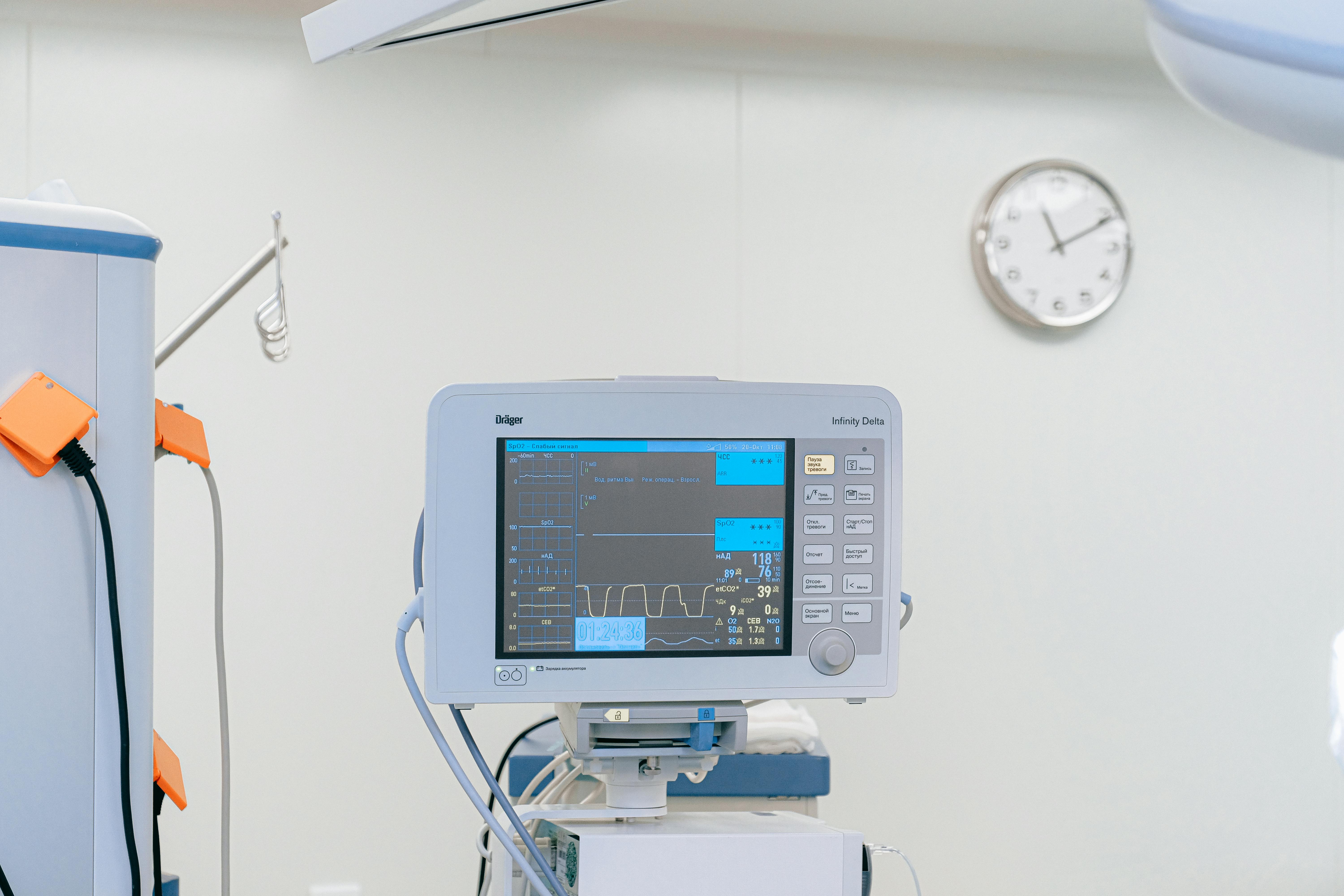The World Health Organization (WHO) has published , in order to improve the quality of antivenoms available in the market. This is the first ever guidance to improve the quality of such products.
A high-quality antivenom provides the best available treatment for any of the approximately 5.4 million people who are bitten by snakes each year. Safe, effective antivenoms could prevent many of the 83 000-138 000 deaths caused by snakebites and reduce the severity of serious disabilities that impact many thousands more victims.
.Antivenoms have been made for some 130 years and yet, remarkably, there has been until now, no guidance on how to design and manufacture a product of high quality that meets the correct requirements for safety, effectiveness, and functional use.
Four TPPs for different types of conventional animal plasma-derived antivenoms
The first of these is for products that are intended for widespread use throughout sub-Saharan Africa, for treatment of snakebites irrespective of the species of snake causing the bite. The second is for treatment of bites from a single species (or group) of snake(s). Products in both these categories are currently on the market. The other two categories are for products that do not yet exist in sub-Saharan Africa, but evidence from other parts of the world suggests that if developed they may have a useful role to play. One of these new product types is for antivenoms where the snakebite mainly causes a syndrome dominated by neurotoxic effects, while the other is intended for non-neurotoxic snakebite syndromes that involve effects on blood clotting or tissue necrosis without paralytic effects.
These TPPs, are intended to provide guidance to manufacturers, regulators, procurement agencies, clinicians and researchers and will contribute to improvements in the quality, safety and effectiveness of antivenoms and thus better treatment of snakebites.







